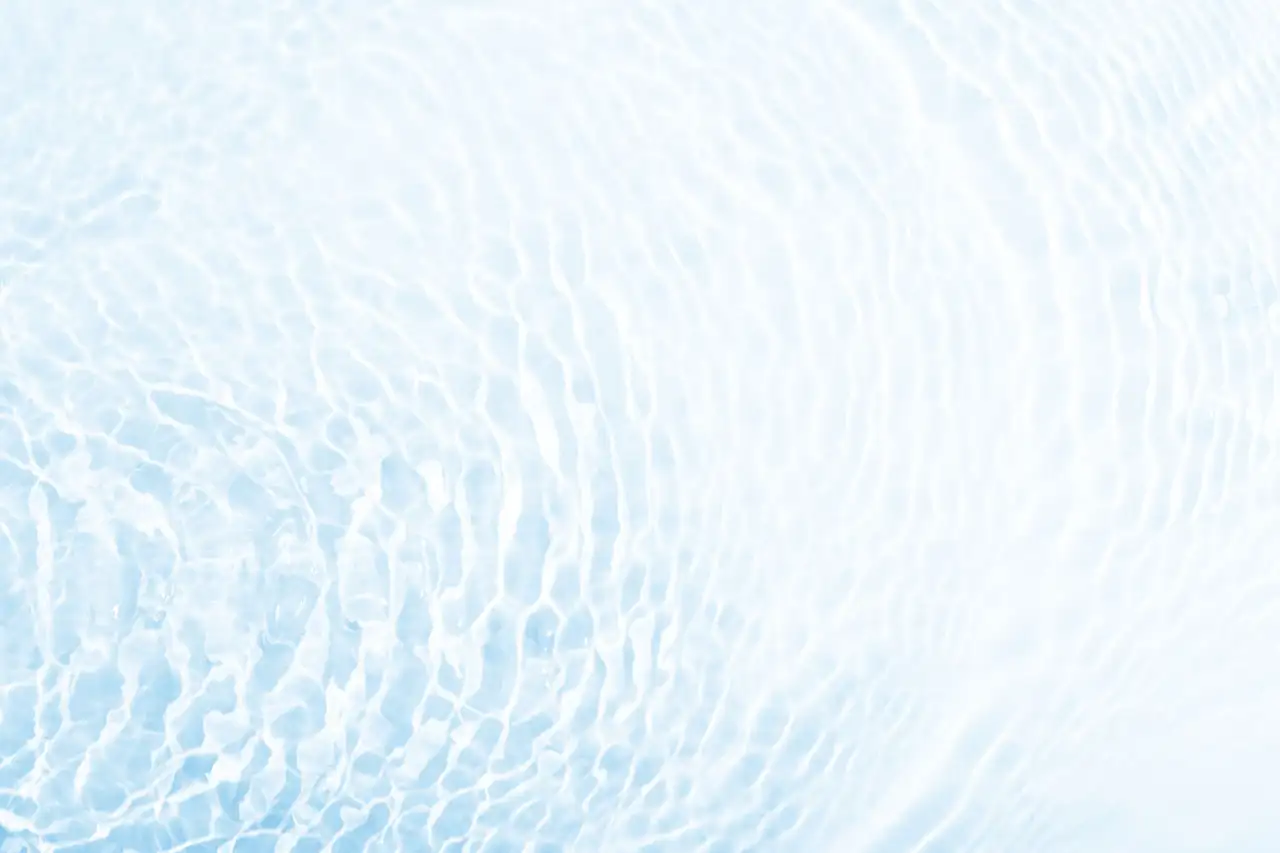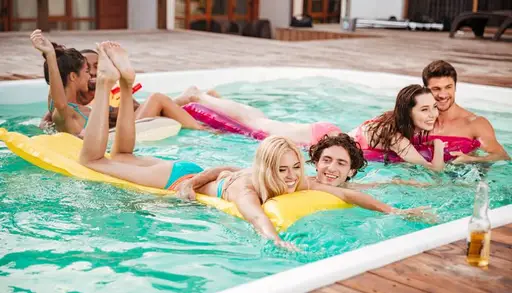
Best Swimming Pool Safety Practices for Residential Pools - Keep Your Family Safe
Key Takeaways
Essential safety equipment like pool covers, alarms, and fencing is crucial for preventing accidents and unauthorized access to residential pools.
Supervision, including designating a ‘Water Watcher’ and engaging in lifeguard training, enhances pool safety during usage.
Establishing clear pool rules, regular maintenance, and educating families about safe practices are vital for promoting a secure swimming environment.
Essential Safety Equipment for Your Pool

Equipping your pool with the right safety gear, such as pool covers, alarms, and fencing, helps prevent accidents and unauthorized access.
Here’s a closer look at these key safety features.
Pool Covers
Pool covers are indispensable for maintaining safety around swimming pools. A durable cover prevents accidental falls, particularly in households with children and pets. Not only do they provide a safety barrier, but they also keep debris out, reducing maintenance and preserving water quality.
Choose a pool cover that ensures both safety and convenience, enhancing your overall pool experience.
Pool Alarms
Various types of pool alarms can significantly enhance the safety of your pool. These devices detect disturbances in the water, alerting homeowners to potential dangers. Whether it’s a floating alarm that sounds when someone enters the water or a perimeter alarm that detects movement around the pool’s edge, these alarms are essential in preventing unauthorized access and ensuring a safer swimming environment.
Fencing
A sturdy fence around your pool and yard is a critical safety feature. It acts as a physical barrier, preventing children and pets from entering the pool area unsupervised.
A fence should be at least four feet high and equipped with self-closing, self-latching gates to prevent accidents and provide peace of mind.
Supervision and Monitoring
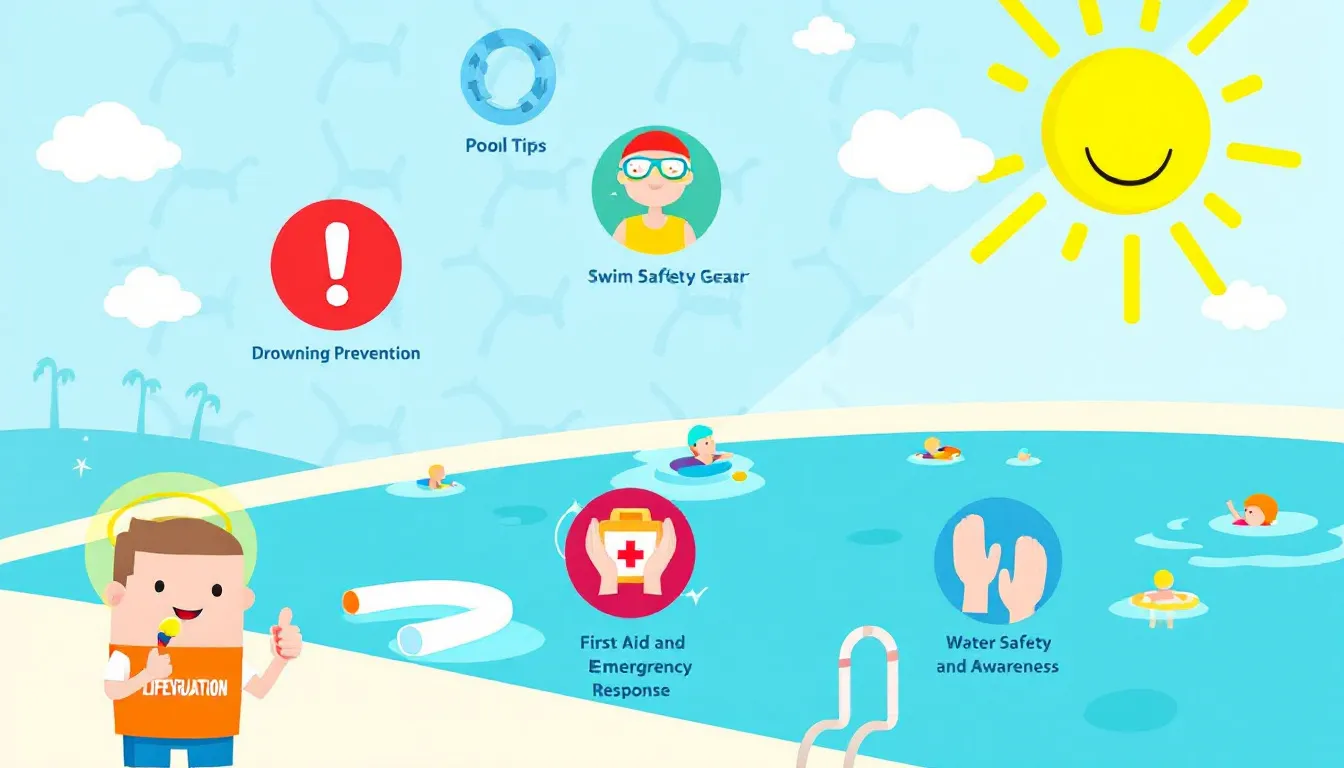
Supervision and monitoring are crucial for pool safety. Designate a responsible adult as a ‘Water Watcher’ for continuous, distraction-free oversight, and have a clear emergency response plan for quick action during incidents.
Let’s delve into the specifics of effective supervision.
Adult Supervision
Always have an adult present when children are near or in the water, and ensure they are free from distractions like phones or books.
Having a designated ‘Water Watcher’ can enhance accountability and provide a safer swimming environment.
Lifeguard Training
Homeowners can greatly benefit from lifeguard training or CPR certification. These courses prepare individuals to handle aquatic emergencies effectively, ensuring that they can respond promptly and confidently.
Such training is a valuable investment in pool safety.
Surveillance Cameras
Surveillance cameras around the pool area provide continuous monitoring, helping to quickly identify and address potential dangers.
This proactive approach can significantly improve safety and peace of mind for pool owners.
Safe Pool Usage Rules
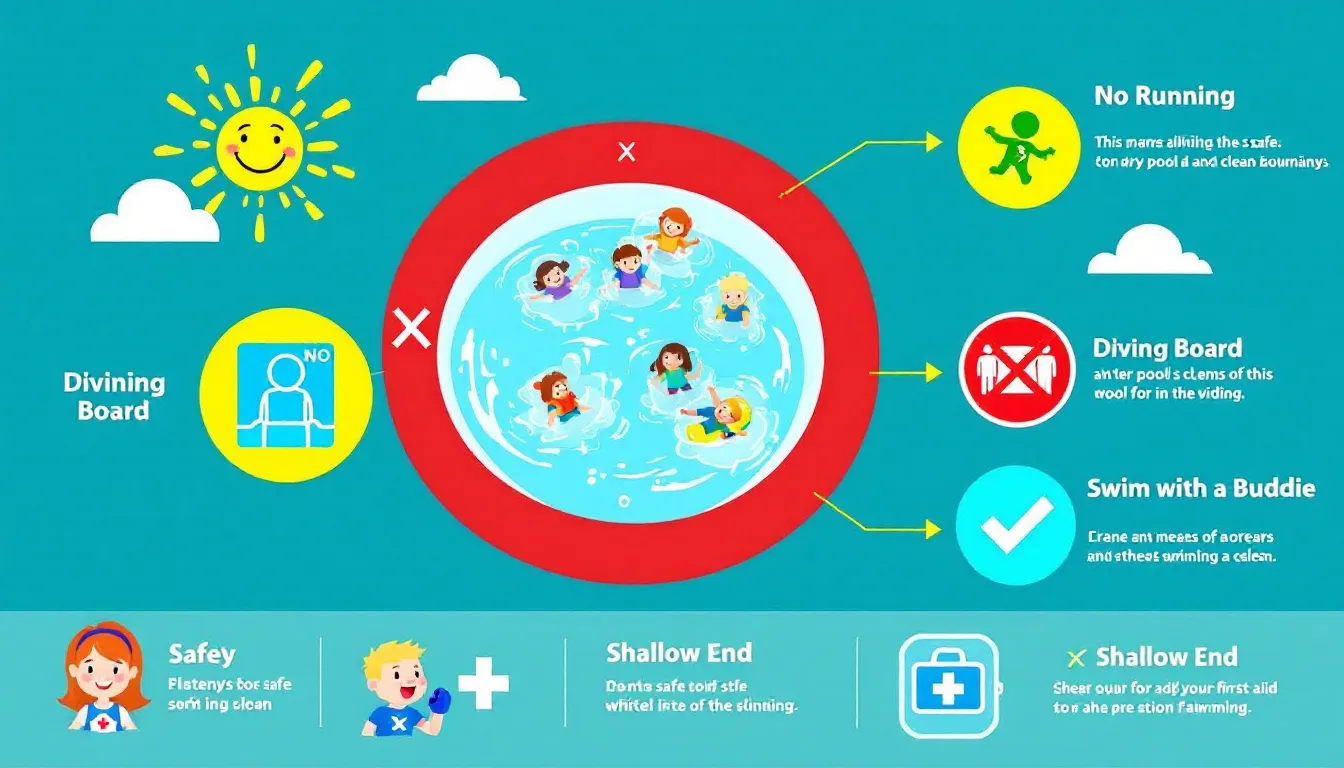
Establishing clear pool usage rules, such as no running near the pool and no diving in shallow water, helps prevent accidents and ensure a safer swimming environment.
Here are some crucial rules to consider.
No Running Around the Pool
Running near the pool edge is a common cause of slips and falls. Enforcing a strict no-running policy can prevent these dangerous incidents, ensuring that all pool users remain safe and injury-free.
No Diving in Shallow Water
Communicate the dangers of diving in shallow water to prevent severe head injuries and ensure all swimmers know the pool’s depth before jumping in.
Designated Swimming Areas
Designate specific zones for swimming, playing, and lounging to enhance safety and organization, reducing the risk of accidents.
Pool Maintenance and Chemical Safety
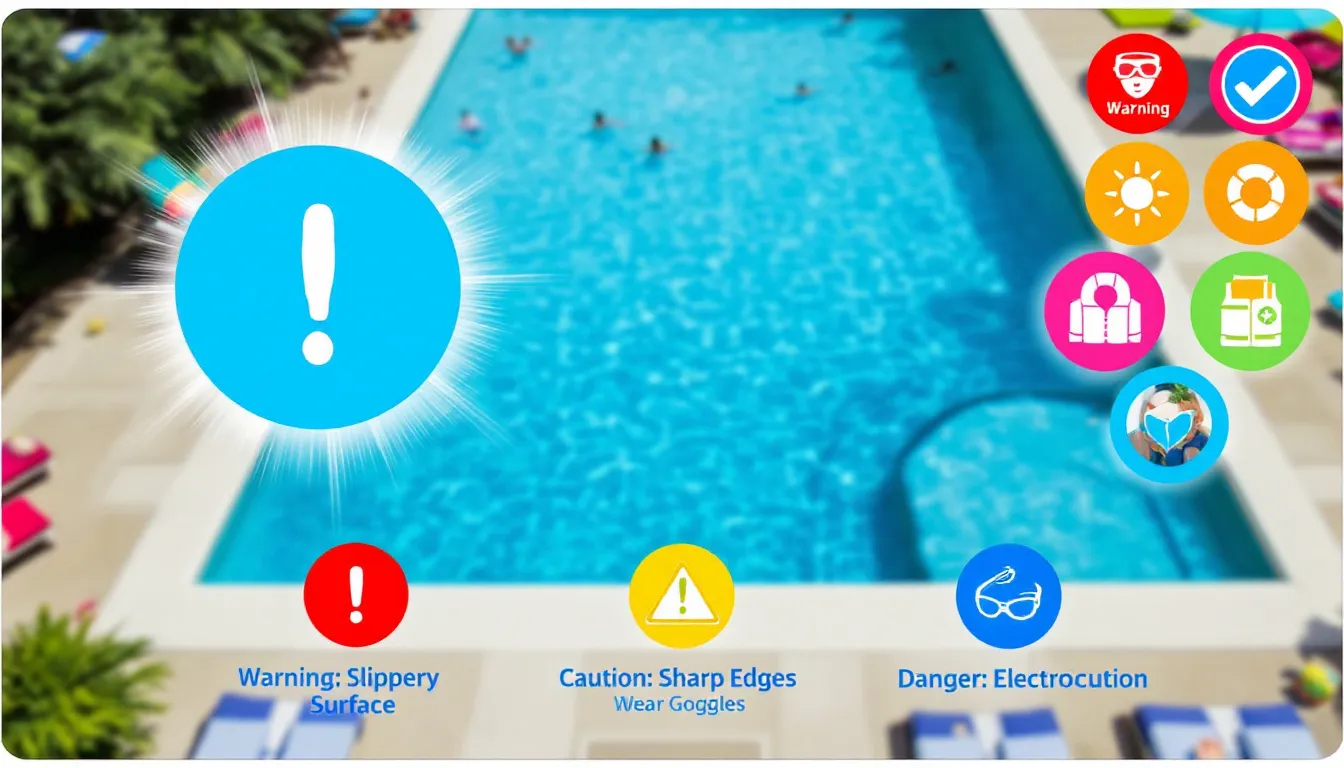
Regular maintenance and proper chemical balance are key for a safe swimming environment, preventing contamination and ensuring water quality.
Let’s explore these practices further.
Regular Cleaning
Consistent cleaning removes debris and prevents algae growth, maintaining a healthy swimming environment and reducing the need for extensive cleaning.
Balanced Chemicals
Balanced pool chemicals prevent recreational water illnesses and ensure hygiene. Regularly test and adjust chemical levels to avoid issues like skin irritation or bacterial growth.
Safe Storage of Chemicals
Store pool chemicals in a cool, dry place, keeping them separate to prevent accidents like poisoning or chemical burns.
Emergency Preparedness
Emergency preparedness is key for pool safety. Training in water rescue techniques and CPR enables prompt response in critical situations. Regular safety drills reinforce preparedness among family members.
First Aid Kits
Keep a well-stocked first aid kit accessible near the pool, including supplies like bandages, antiseptic wipes, and emergency instructions.
Check and replenish the kit regularly to ensure it’s always ready for use.
Emergency Contact List
An emergency contact list with numbers for local hospitals, poison control, and emergency services ensures quick access to assistance during crises.
Rescue Equipment
Keep rescue equipment like life rings and reaching poles on hand and in good condition for effective response to drowning incidents.
Educating Your Family
Educating your family about pool safety reduces risks and fosters a safer swimming environment. Teach children to never approach water without an adult present.
Here are more ways to educate your family.
Swimming Lessons
Enroll all family members in swimming lessons to enhance water competence, making them more confident and capable in aquatic environments. Local organizations often offer affordable or free lessons.
Safety Drills
Regular safety drills ensure everyone knows how to respond during an emergency, reinforcing procedures and preparing family members to react effectively.
Clear Communication
Clear communication about pool rules and safety measures prevents accidents. Establish and enforce rules like no running around the pool and no diving in shallow water to reduce risks.
Regularly discuss these rules with your family to foster a culture of safety.
Summary
In conclusion, ensuring pool safety requires a combination of proper equipment, vigilant supervision, clear rules, regular maintenance, and emergency preparedness. By following these practices, you can create a safe and enjoyable swimming environment for your family. Stay safe, and enjoy your pool!
Frequently Asked Questions
Why is it important to have a pool cover?
Having a pool cover is crucial for safety by preventing accidental falls and keeping debris out, which in turn reduces maintenance efforts. It enhances the overall safety and cleanliness of your pool environment.
What types of pool alarms are available?
There are primarily two types of pool alarms: floating alarms that activate when someone enters the water, and perimeter alarms that monitor movement around the pool's edge. Each type enhances safety by alerting you to potential dangers.
How high should pool fencing be?
Pool fencing should be at least four feet high to effectively prevent children and pets from accessing the pool area. This height is crucial for ensuring safety around swimming pools.
Why are swimming lessons important?
Swimming lessons are crucial for improving water competence and increasing confidence, ultimately enhancing safety in aquatic environments. They empower individuals to navigate water situations more effectively.
What should be included in a poolside first aid kit?
A poolside first aid kit must include bandages, antiseptic wipes, and emergency instructions, ensuring it's regularly checked and replenished to maintain readiness f
